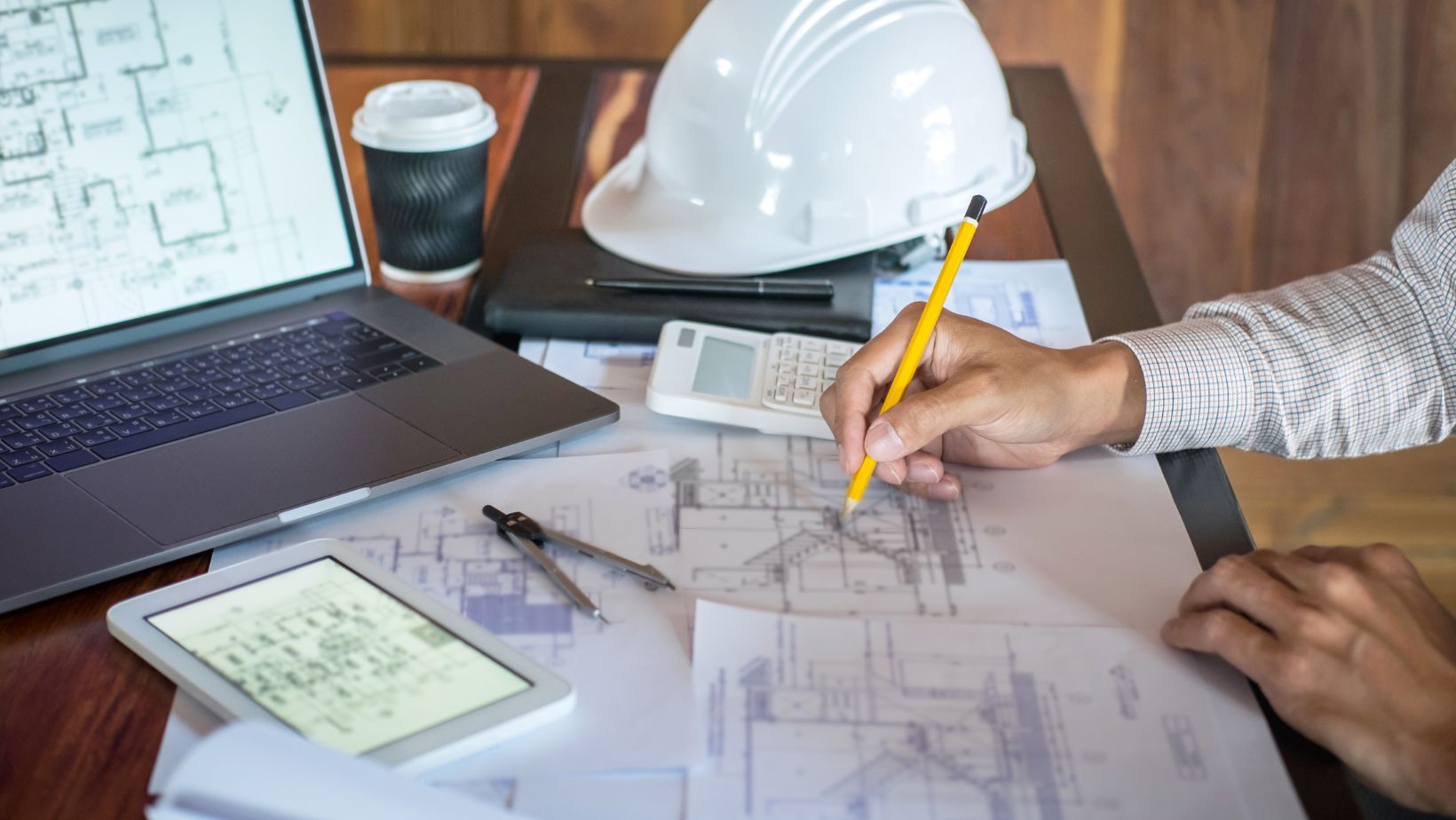Why Physical Interaction Matters
When you work with your hands, you get instant feedback. You feel the weight, the texture, the temperature. These details shape decisions in a way that drawings or photos can’t.
Designers who handle their materials understand them better. They know how a surface reacts to light. They can tell if a stone will chip too easily or if a plank of wood will warp. This level of understanding can change the entire direction of a project.
A 2022 study from the Journal of Design Research found that tactile interaction with materials increased problem-solving accuracy by 34% compared to working from visual references alone.
Seeing Isn’t Always Believing
Photos and models show shape and color, but they can’t capture density or grain. You might order wood that looks perfect on screen but feels too soft in person. Or a stone might look smooth until you feel the rough edges that will snag clothes or skin.
One landscaper from RockFence Capital described rejecting an entire pallet of stone after running a hand over it. “The supplier swore it matched the sample. But when I touched it, I knew it would break under weight. You can’t tell that from a picture.”
How Touch Guides Better Design Decisions
Fit and Function
Holding a piece lets you test how it fits with others. You can see gaps, uneven edges, or natural curves that you can use as part of the design.
Comfort
Outdoor furniture, railings, or steps all interact with the human body. Touching materials ensures they feel good to use.
Durability Checks
You can press, scratch, or tap to gauge strength. Weak spots often show up in the feel before they’re visible.
Hands-On Design Saves Time and Money
Mistakes caught early cost less to fix. If you reject the wrong material before installation, you avoid expensive rework.

The Construction Industry Institute estimates that material rework accounts for up to 12% of total project costs in poorly managed builds. Physical inspection reduces that number.
Where Hands-On Testing Matters Most
Stone and Masonry
Weight, grain, and edge texture affect stability and appearance.
Wood and Carpentry
Moisture content, hardness, and grain direction influence cutting and finishing.
Metalwork
Temperature changes can affect expansion. Handling can reveal sharp edges or balance issues.
Fabrics and Soft Materials
Stretch, thickness, and weave determine comfort and wear resistance.
Actionable Ways to Bring Touch into the Process
Visit Suppliers in Person
Run your hands over the materials. Pick them up. Compare weight and balance between options.
Build Small Mock-Ups
Use offcuts to test joins, finishes, or layout patterns before committing to the full design.
Keep a Materials Library
Store samples from past projects. Touch and test them when starting new work.
Involve the Client
Let them feel the materials too. This helps set expectations and avoid surprises.
Why This Approach Resonates with Clients
When clients see you test materials by hand, they trust your judgment more. It shows attention to detail and a commitment to quality.
One project manager recalled a client who changed their choice after touching the stone sample in person. “They realized it was too slippery when wet. That saved them from hating their patio every time it rained.”
Combining Touch with Modern Planning
Modern tools can map out a design with precision. Hands-on interaction ensures those plans work in real life. The best results happen when you use both.
A designer might model a deck layout on software, but holding the actual planks reveals which ones flex too much. The plan gets updated, and the final build performs better.
Avoiding Common Pitfalls
Relying Only on Samples
Full batches can vary. Always check multiple pieces from the same shipment.
Ignoring Environmental Factors
Materials feel different in heat, cold, or humidity. Test them under similar conditions to where they’ll be used.
Skipping the Re-Test
Even trusted suppliers can have inconsistencies. Touch and inspect every time.
The Bigger Impact
Hands-on design builds a connection between the maker and the material. That connection influences every cut, join, and finish. The work feels considered, not just assembled.
It’s also a more sustainable approach. Better material selection means fewer replacements and less waste.
Getting Started Today
You don’t need a massive workshop to bring touch into your process. Start with what you can do:
- Visit one supplier this week.
- Ask for multiple samples instead of one.
- Test for comfort and durability before buying.
- Keep notes on how each material feels and performs.
Design isn’t just about what looks good. It’s about what works and lasts. The best way to know that? Get your hands on it.

